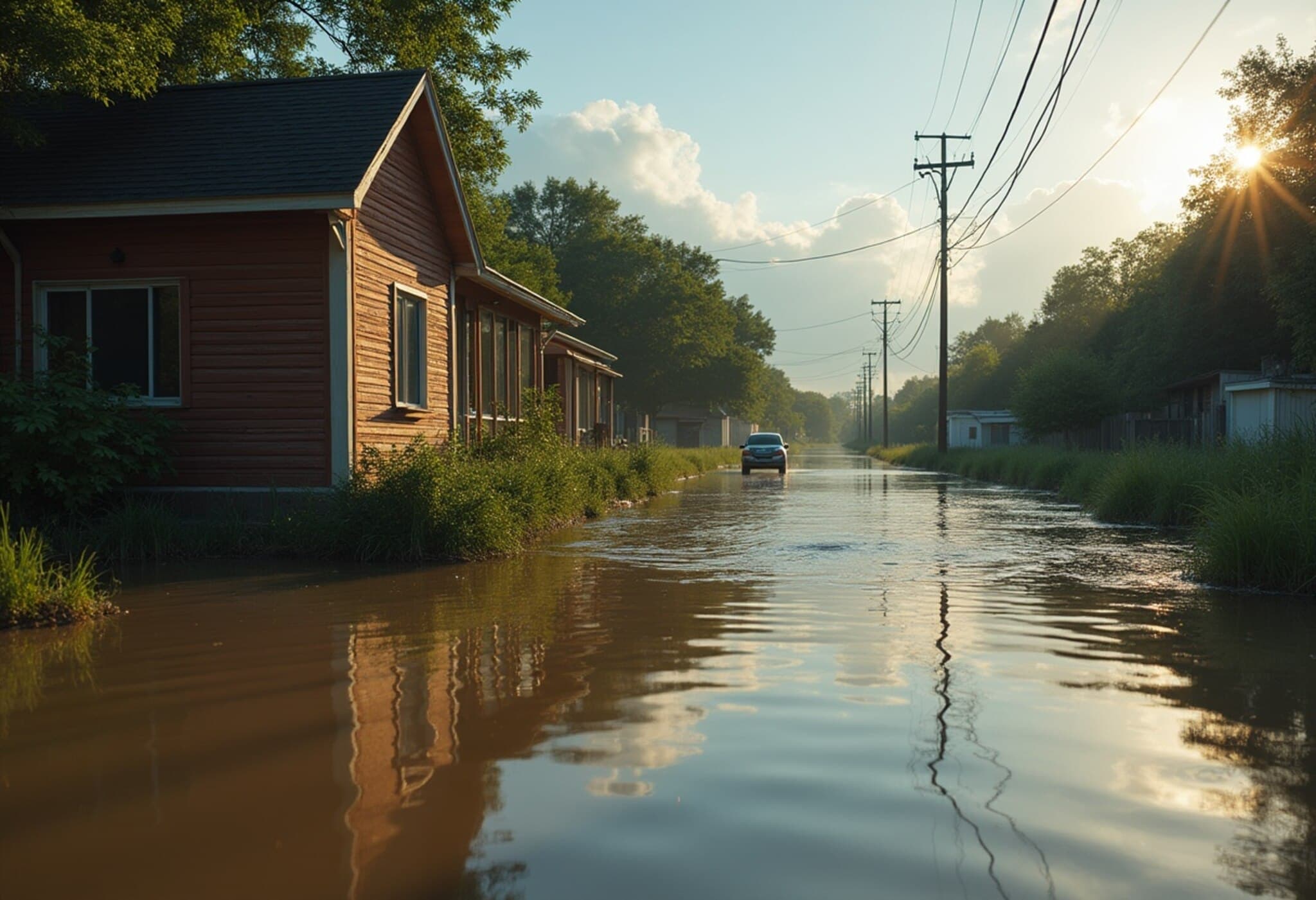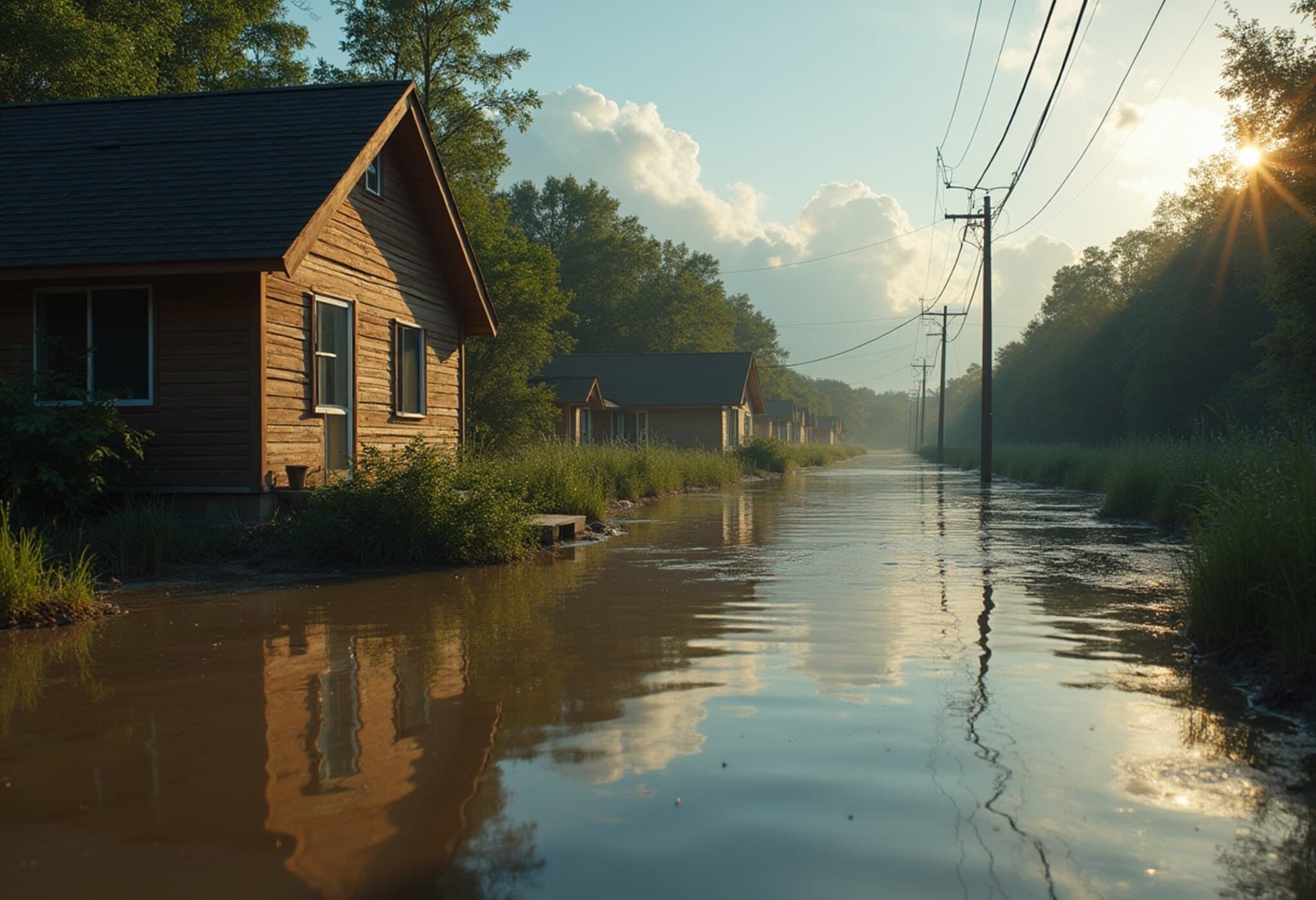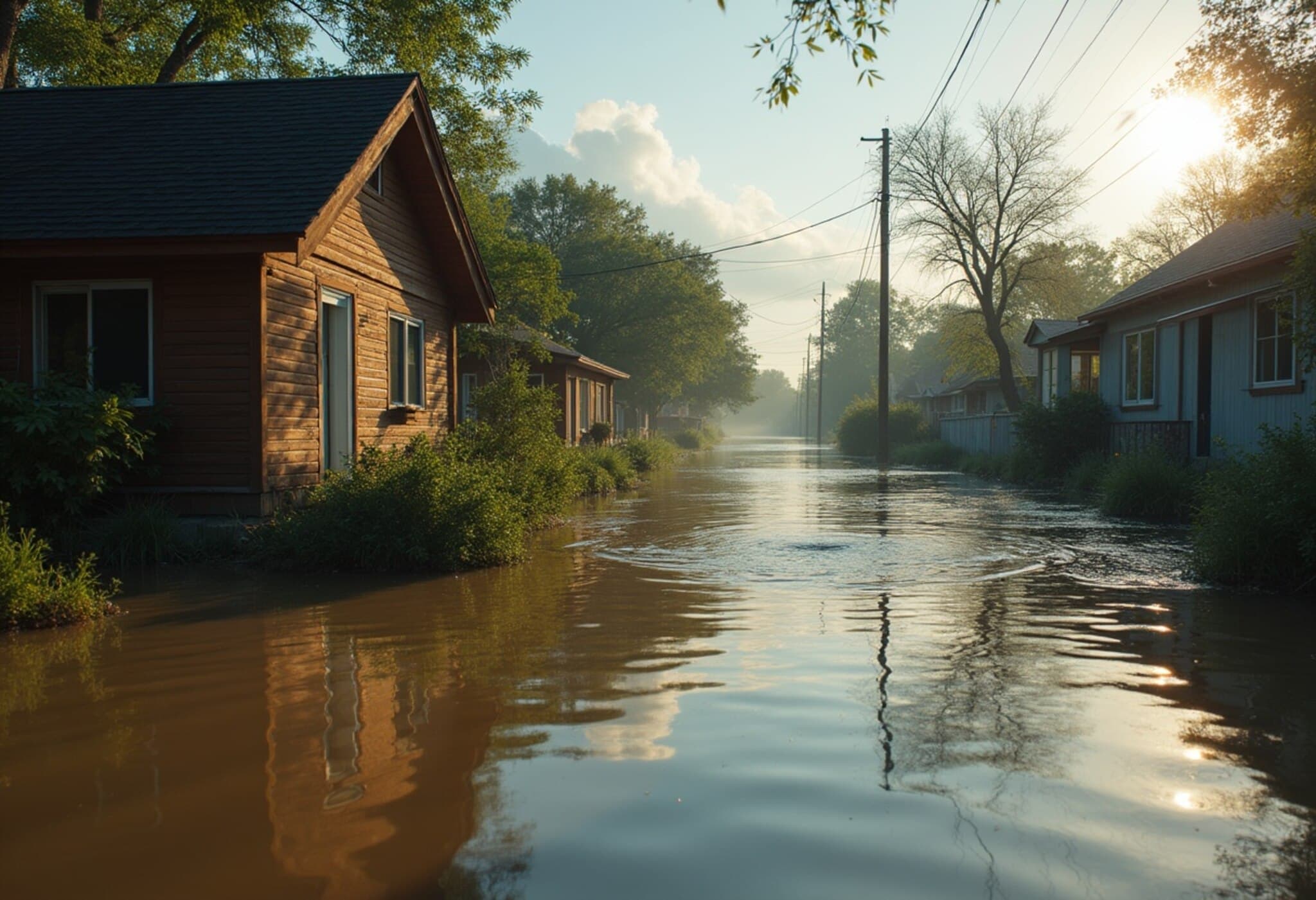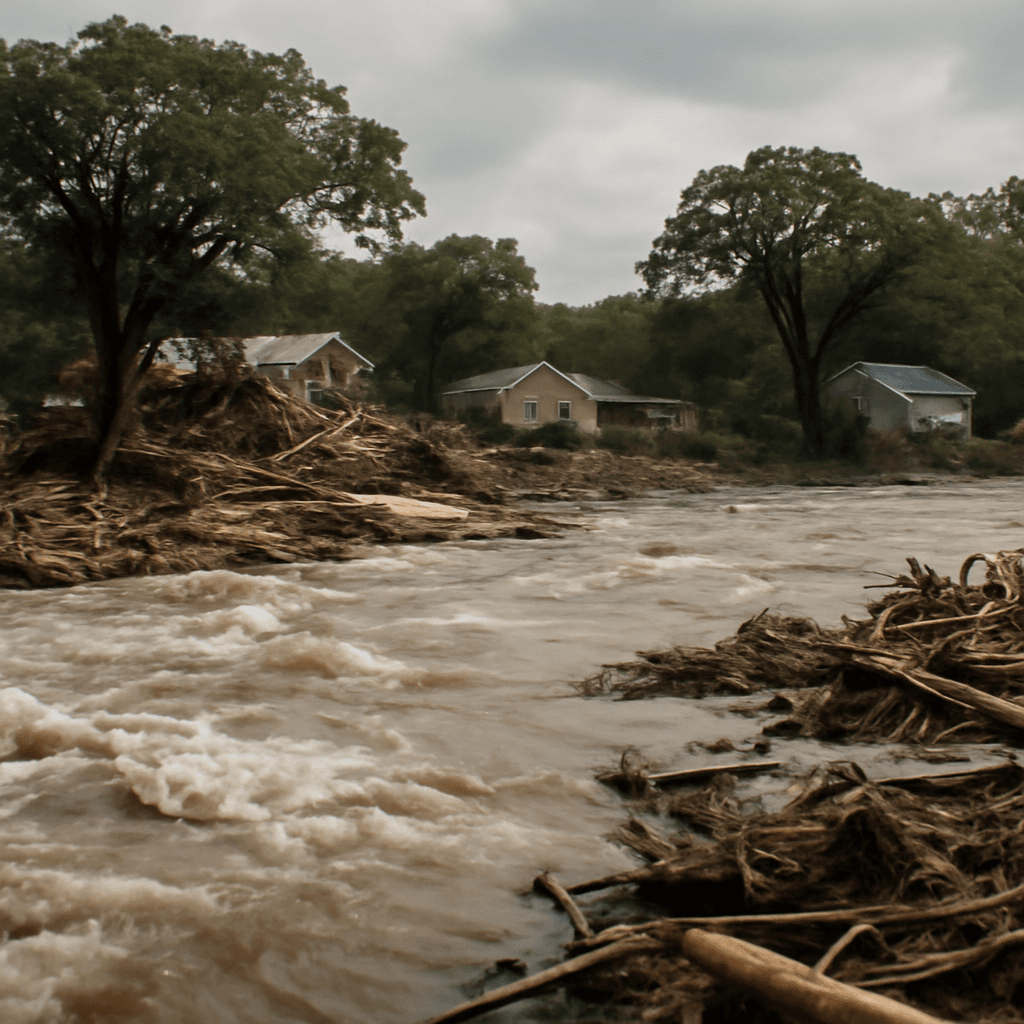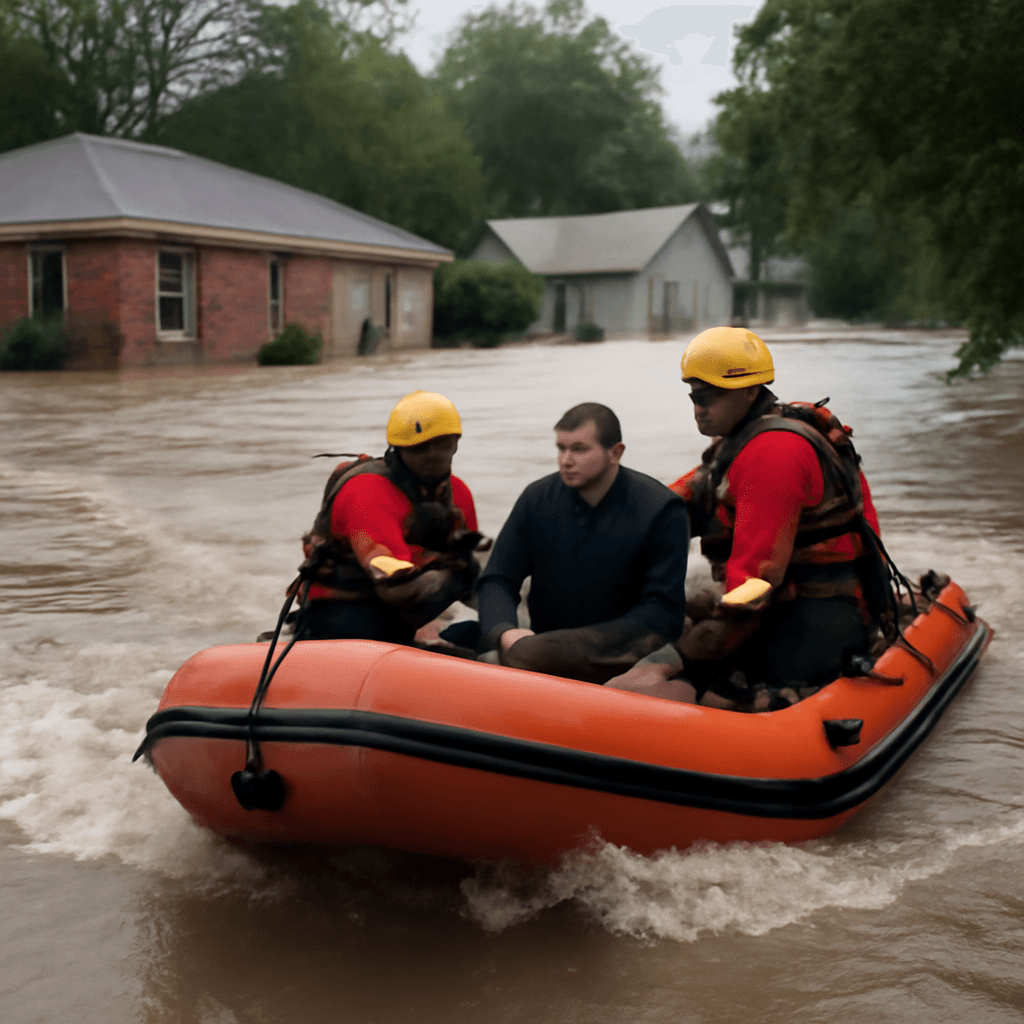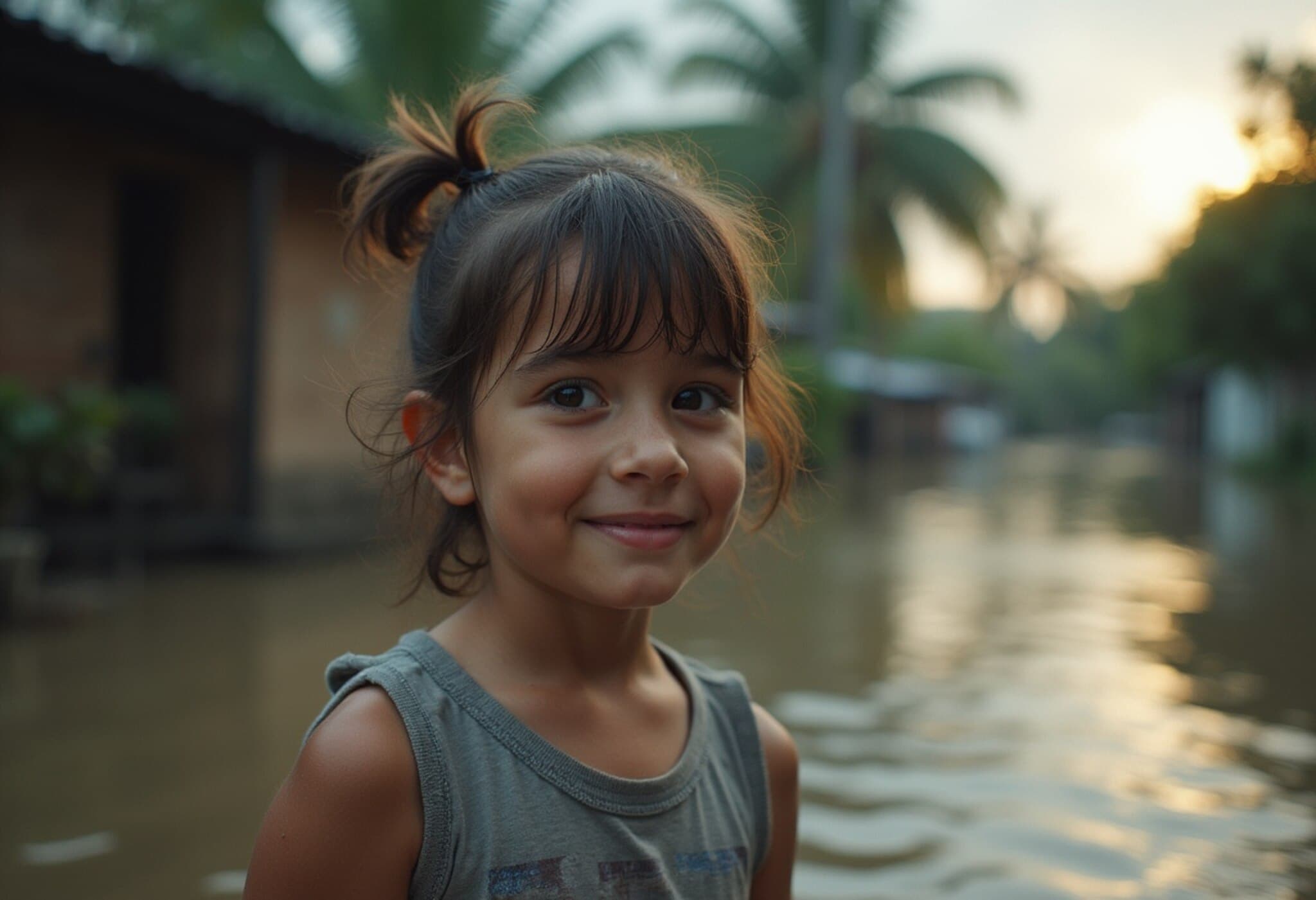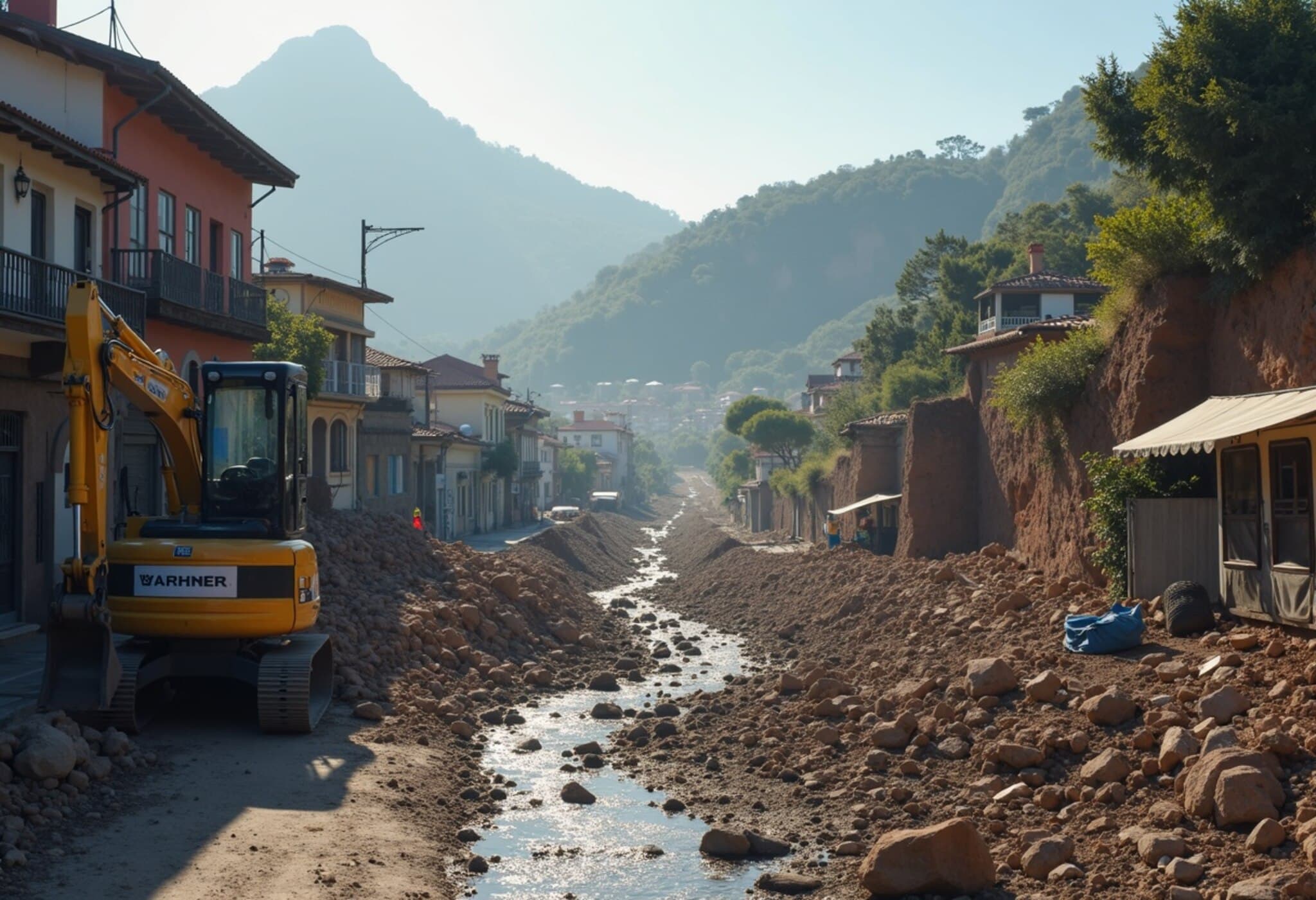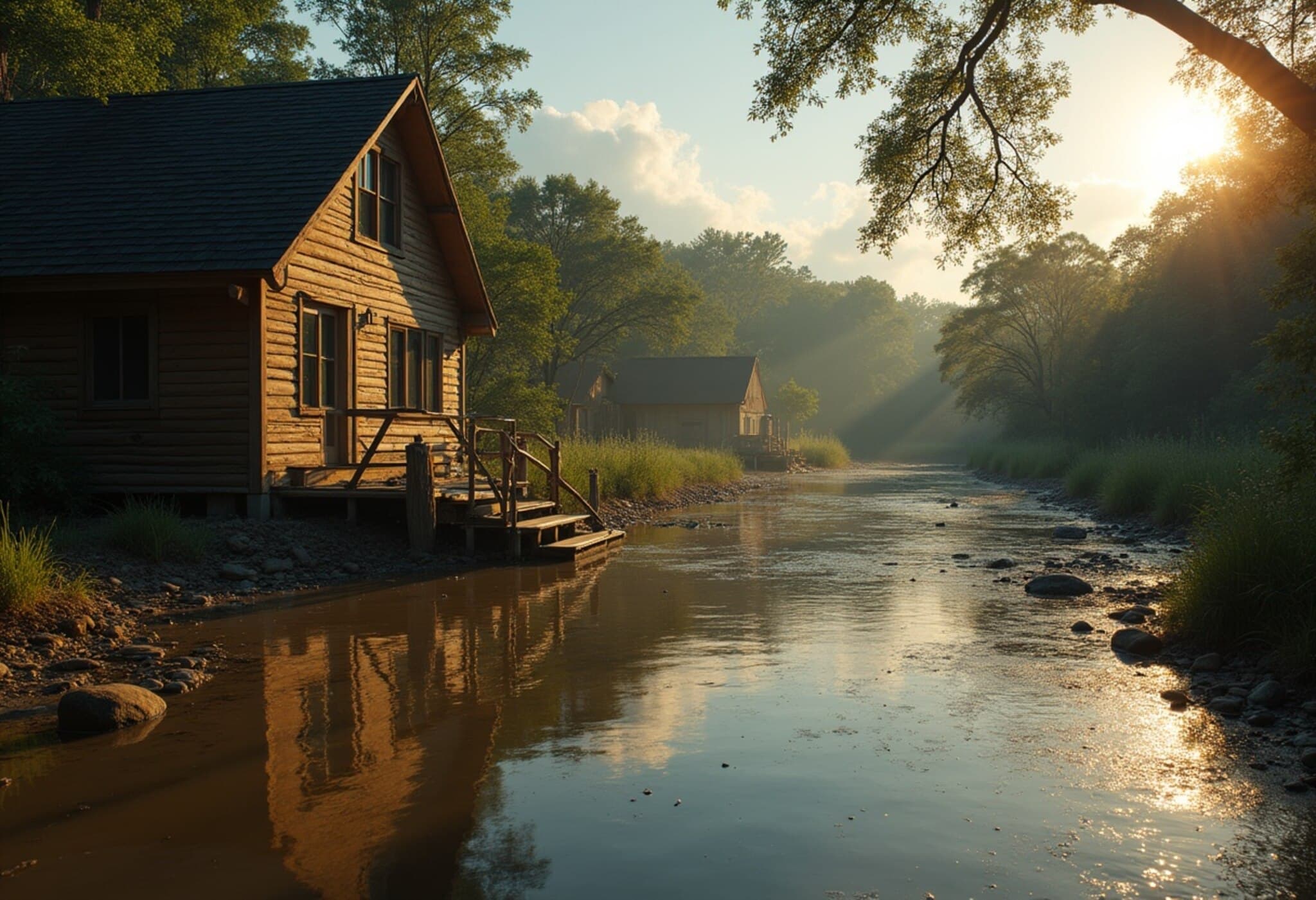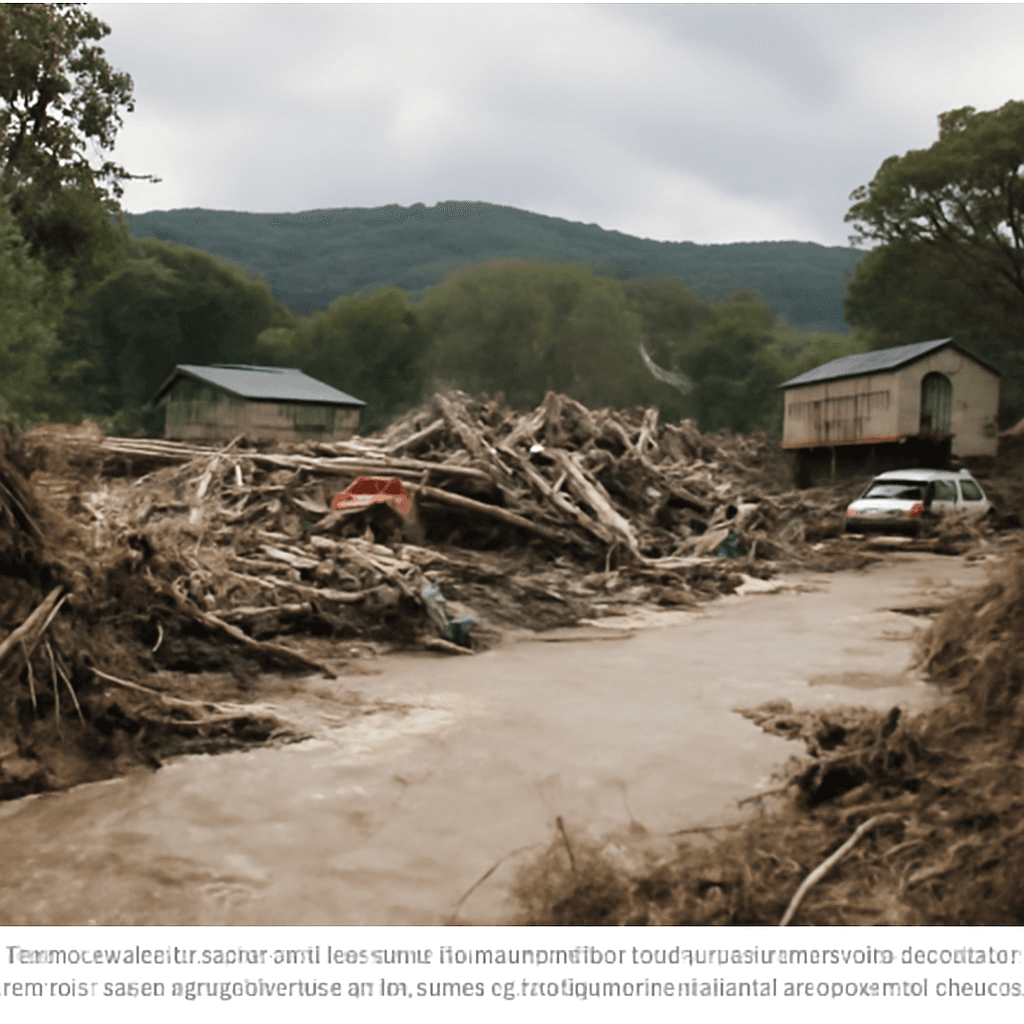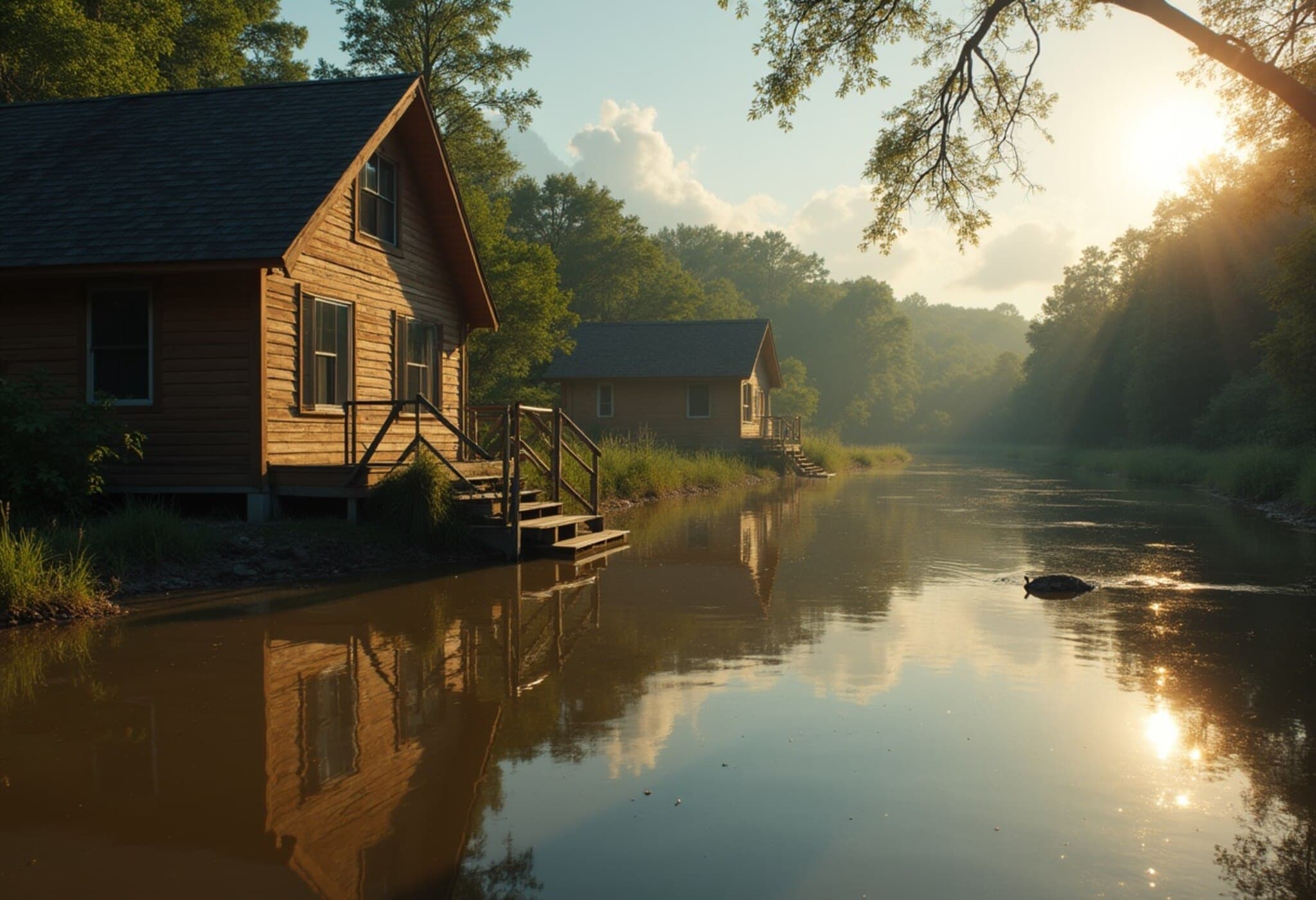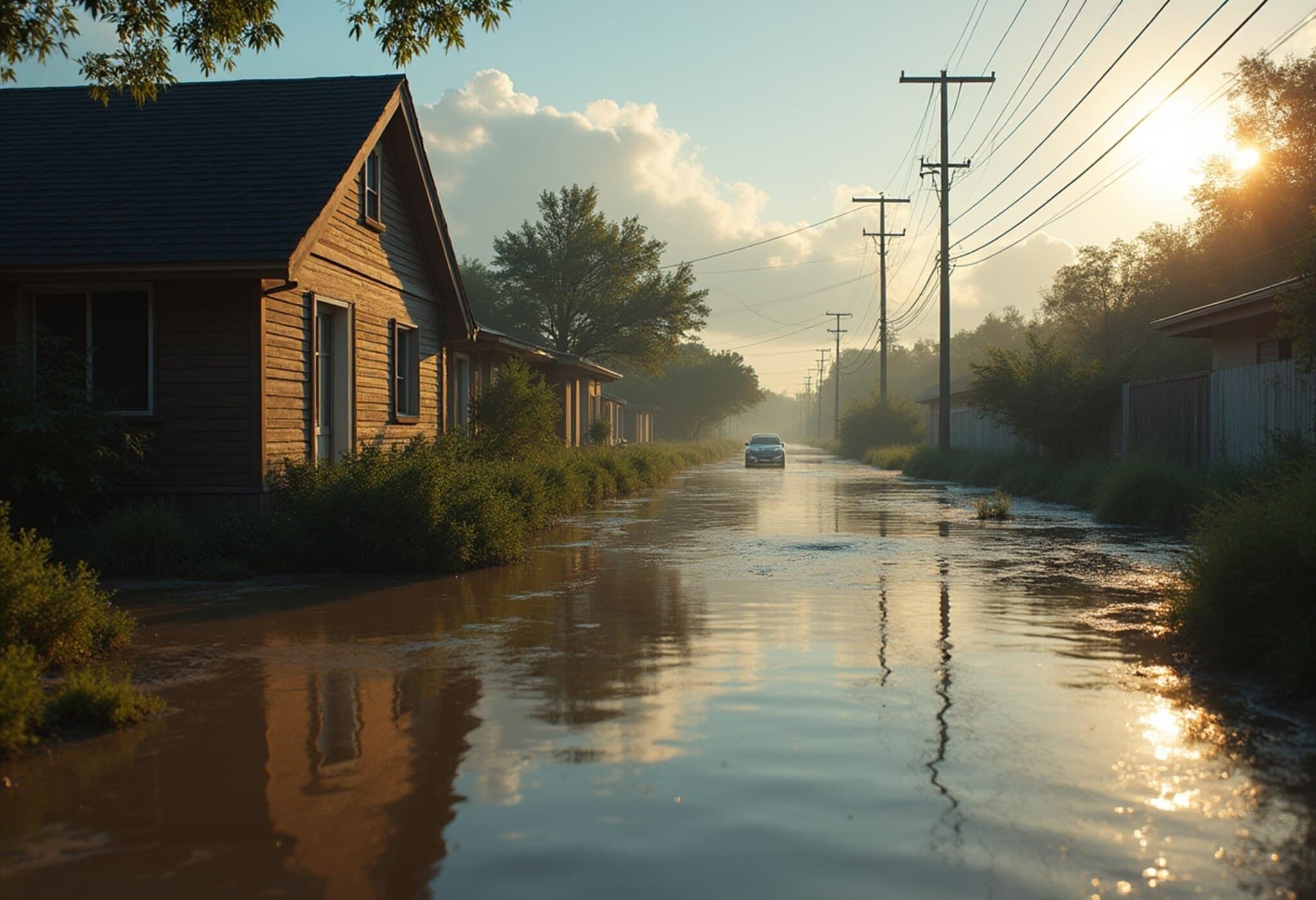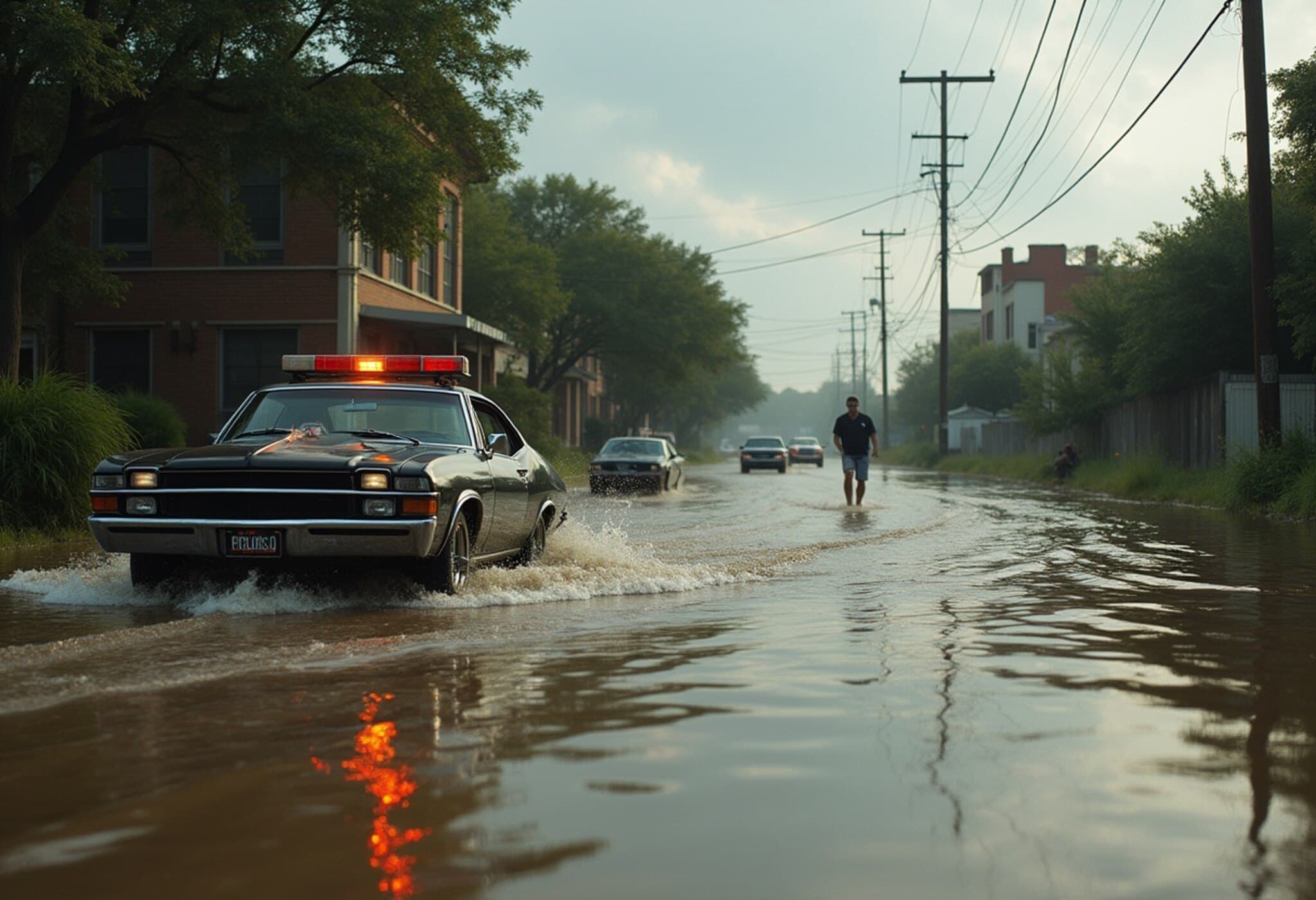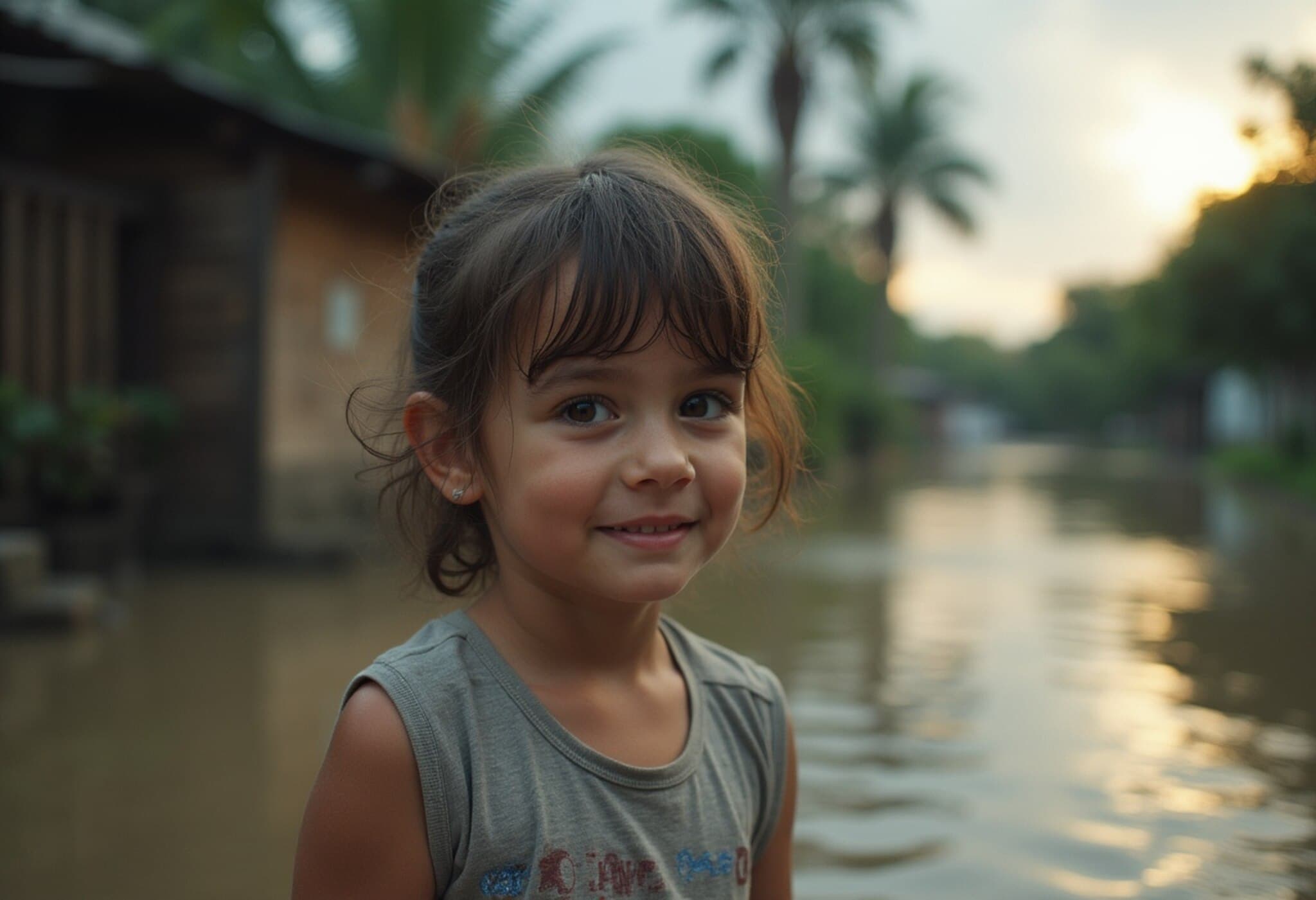Devastating Texas Flash Flood Leaves Over 100 Dead, Hundreds Missing
The heart of central Texas Hill Country is grappling with one of the deadliest flash floods in recent U.S. history. As of July 8, 2025, the confirmed death toll from the catastrophic flood on July 4 has risen to 109, with more than 180 people still unaccounted for, state officials revealed. The tragedy has left communities shattered and underscored challenges in emergency preparedness amid intensifying climate risks.
Search and Rescue Efforts Continue Amid Difficult Conditions
Torrential rain unleashed an unprecedented surge on the Guadalupe River basin early last Friday, turning the peaceful riverside town of Kerrville – population 25,000 – into a disaster zone strewn with debris. Rescue teams, including federal agencies and volunteers from neighboring states and Mexico, have been painstakingly sifting through mud and wreckage in search of survivors and victims.
Kerr County remains the epicenter of devastation, accounting for 94 of the confirmed fatalities, approximately a third of whom were children. Among the dead were 27 campers and counselors from Camp Mystic, a venerable Christian summer camp with nearly a century-long tradition on the banks of the Guadalupe near Hunt. Tragically, the camp director was also lost, and authorities are still looking for five girls and a counselor who have not yet been found.
Authorities Face Mounting Pressure as Missing Persons List Grows
Governor Gregg Abbott emphasized the urgency and gravity of the situation at a press conference, explaining that the list of the missing now includes at least 161 individuals in Kerr County alone plus an additional 12 across the wider flood-affected region, known locally as “flash flood alley.” This vast stretch northwest of San Antonio has shown the deadly toll climate change is exacting on vulnerable communities.
"We need to find every single person who is missing. That’s job number one," Abbott stated solemnly.
The flood’s human impact is underscored by personal stories like that of country singer Pat Green, whose brother, sister-in-law, and two children remain among those swept away, highlighting the profound personal tragedy behind the statistics.
Emergency Response Under Scrutiny
Questions loom over the speed and effectiveness of emergency warnings ahead of the disaster. While the Texas Department of Emergency Management alerted residents to flash flood risks based on National Weather Service forecasts on the eve of July 4, the rainfall far exceeded predictions — more than a foot in under an hour.
The rapid convergence of two swollen branches of the Guadalupe River into a narrower channel through Kerrville created a deadly torrent, leaving officials little time to order large-scale evacuations without risking further harm. City Manager Dalton Rice described the event as “unforeseen,” unfolding within just two hours.
At a recent briefing, Kerr County Sheriff Larry Leitha acknowledged ongoing efforts to piece together an exact timeline of event warnings and response, highlighting the complexity of managing such fast-moving natural disasters.
Climate Change’s Role and Future Outlook
Experts agree that events like the Texas flash flood are becoming alarmingly frequent. Climate scientists link the pattern to increasingly warm and wet conditions fueled by global climate change, particularly in regions prone to heavy storms and flooding. Local leaders and lawmakers are preparing for a special session of the Texas legislature aimed at investigating the emergency response measures and allocating funds for disaster relief and future preparedness.
Human Stories Behind the Tragedy
Volunteers like Sandi Gilmer, a U.S. Army veteran and chaplain aiding in the search, describe the heartbreaking realities on the ground. Finding water-damaged family albums and personal mementos amidst the debris adds a deeply human dimension to the ongoing tragedy, driving home the loss experienced by families and communities.
Lieutenant Colonel Ben Baker of the Texas Game Wardens captured the arduous nature of rescue work: "It's dirty, dangerous, and time-consuming work, with the waters still high," he said. Despite the grim outlook for survivors this far into the disaster, search efforts continue relentlessly.
Key Takeaways and Next Steps
- Confirmed deaths: 109 and counting, including many children.
- Missing persons: Over 180 remain unaccounted for across flood zones.
- Focus areas: Kerr County and Kerrville bear the brunt of casualties and search efforts.
- Emergency response under review: Texas plans legislative inquiry and aid allocation.
- Climate implications: Extreme flooding linked to changing weather patterns intensifying risks.
Editor’s Note
The devastating July 4 floods in Texas expose the harsh realities communities face in an era of climate volatility. While no natural disaster can be predicted with perfect accuracy, the tragedy underscores an urgent need for innovative early warning systems, infrastructure resilience, and comprehensive emergency planning tailored to increasingly frequent and intense weather events.
Beyond the statistics are deeply personal stories of loss and the strength of community response. As rescue teams continue their search, questions about accountability, preparedness, and long-term climate adaptation remain critical for policymakers, emergency managers, and citizens alike.
This disaster serves as a stark reminder of nature’s might and the pressing need for systemic change to protect vulnerable populations across flood-prone regions nationwide.

